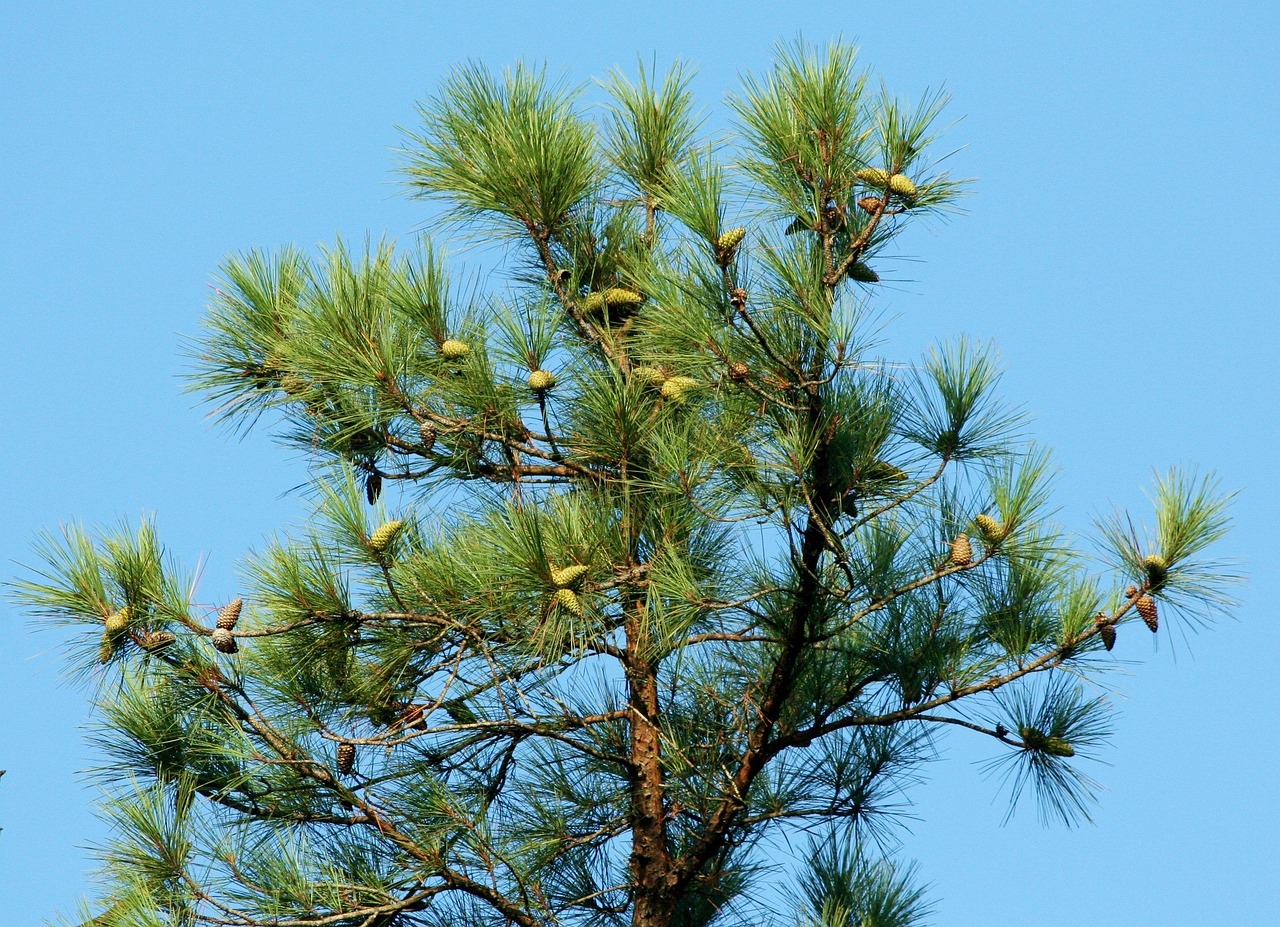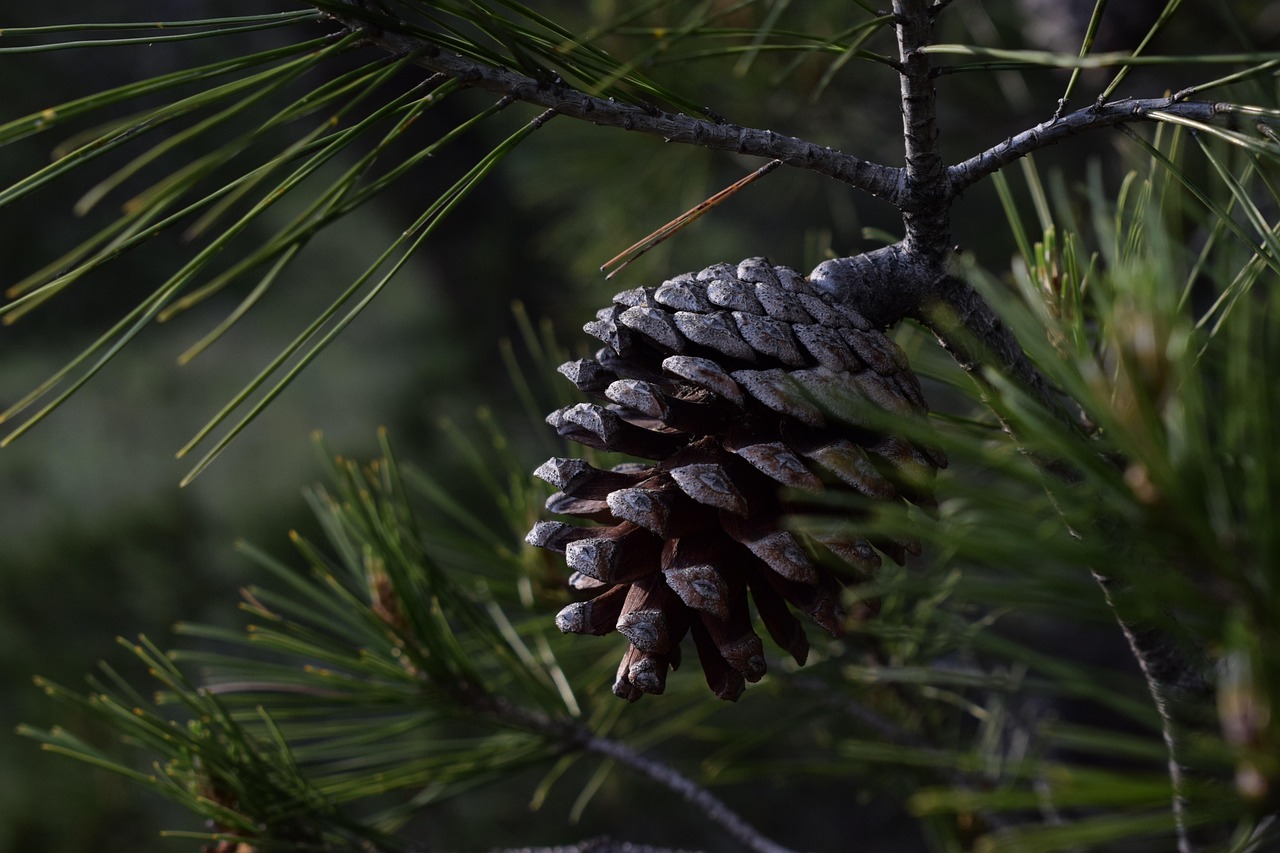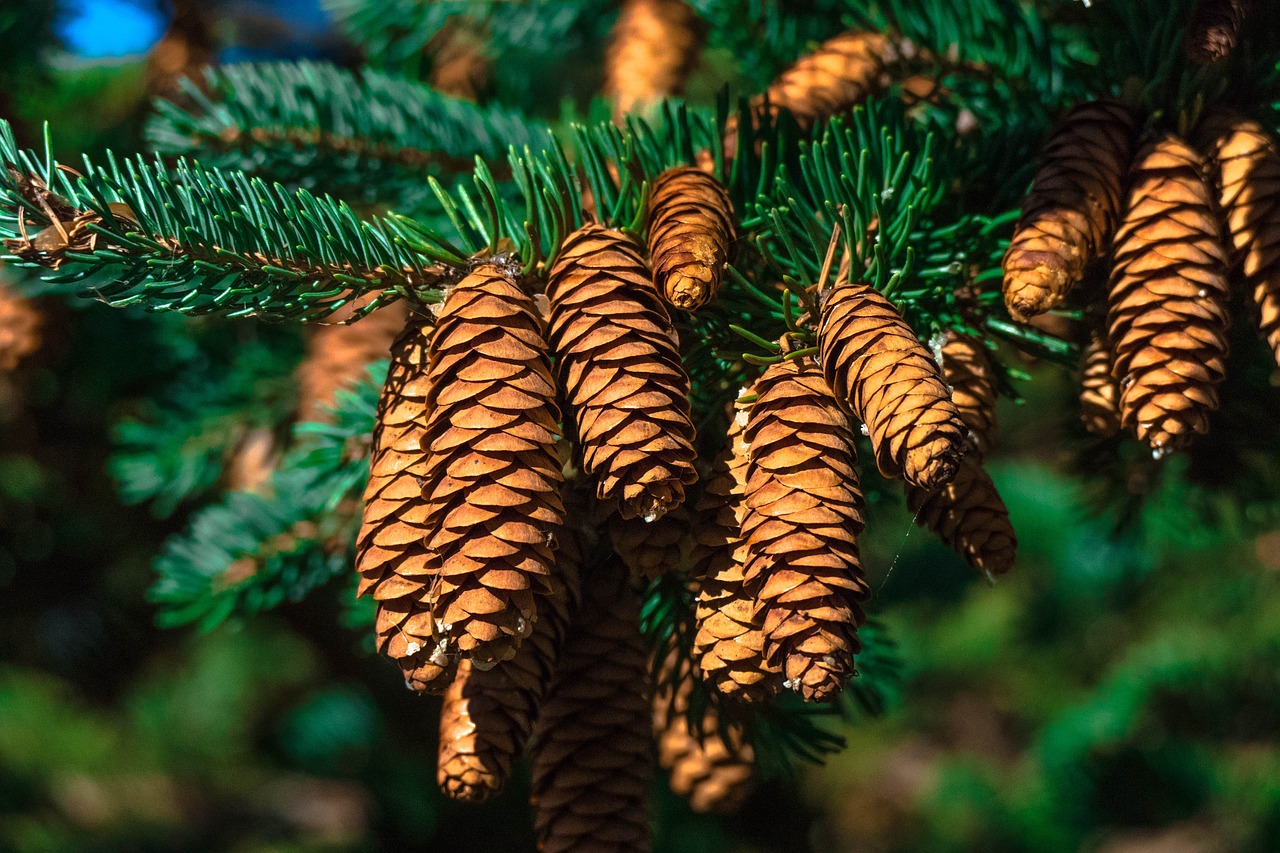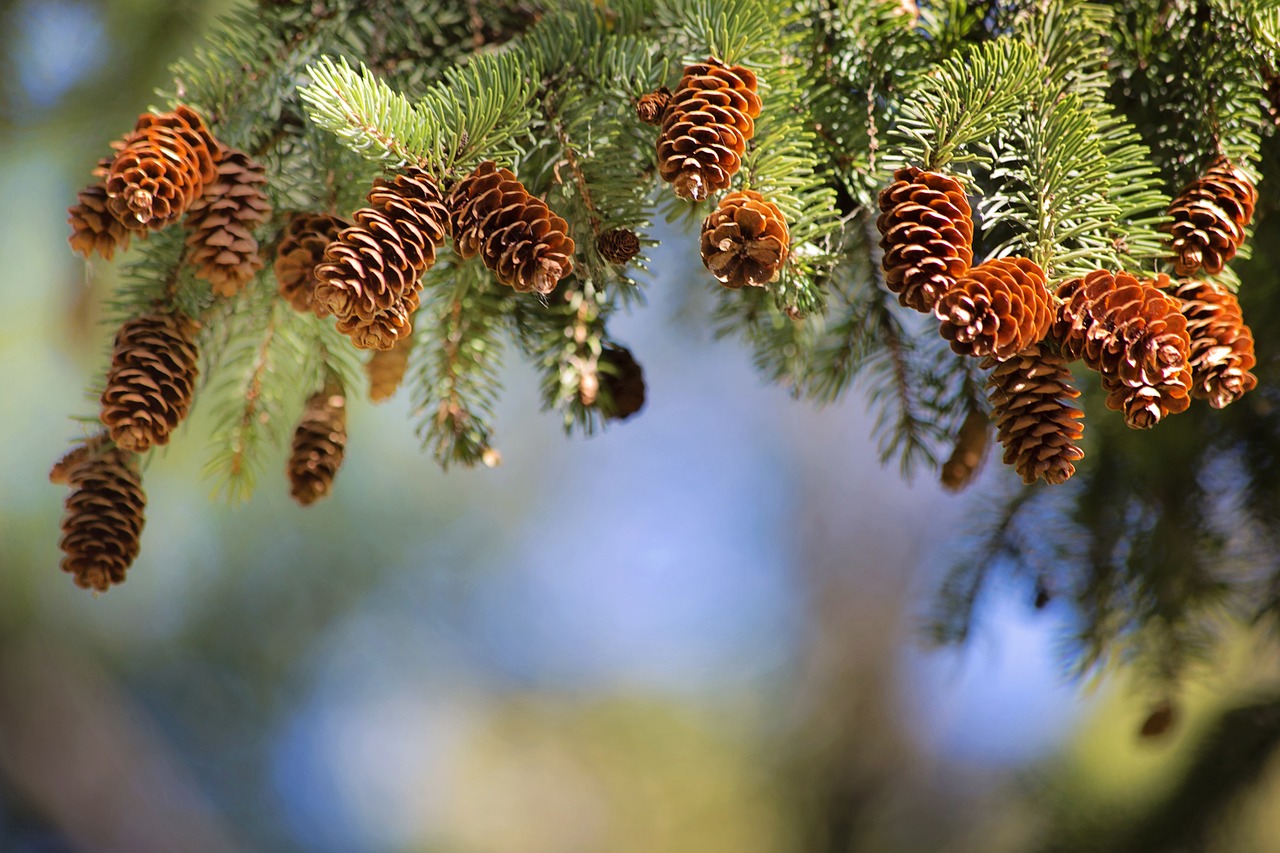The Loblolly Pine is often considered a wetland plant species as it commonly thrives in areas with moist or poorly drained soils, particularly in the southeastern United States. However, its adaptability to various environments complicates its classification.
Understanding Loblolly Pine

Loblolly Pine, scientifically known as Pinus taeda, is a species of pine native to the southeastern United States. It is one of the most important timber species in the region. This tree is well-known for its rapid growth and ability to reach heights of up to 100 feet. Its straight trunk and tall, narrow crown make it a popular choice for forestry and reforestation efforts.
In terms of habitat, Loblolly Pine typically grows in a variety of environments. These include upland areas, dry sandy soils, and lowland wet areas. This adaptability raises questions about its classification regarding wetland status. According to the U.S. Army Corps of Engineers, wetland plant species are defined as those that grow in areas that are inundated or saturated by water for a significant part of the year.
Loblolly Pine is commonly found in the following environments:
- Wetlands
- Pine forests
- Coastal plains
- Bottomlands
This tree thrives in regions with a humid subtropical climate, receiving ample rainfall throughout the year. The ability of Loblolly Pine to grow in wetland areas is significant for several ecological reasons. Wetlands are vital ecosystems that provide habitat for wildlife, help in water filtration, and reduce flooding risks.
Ecological Importance of Loblolly Pine
Loblolly Pine plays a crucial role in its ecosystem. It provides food and shelter for various wildlife species, including birds, mammals, and insects. The tree’s dense foliage offers protection from predators and harsh weather conditions.
Moreover, Loblolly Pine contributes to soil health. Its extensive root system helps prevent soil erosion and improves water retention in its surrounding environment. This is particularly beneficial in wetlands where maintaining soil structure is essential for supporting diverse plant communities.
| Characteristic | Description |
|---|---|
| Height | Up to 100 feet |
| Diameter | Up to 3 feet |
| Growth Rate | Fast-growing |
| Habitat | Wetlands, uplands, coastal plains |
The adaptability of Loblolly Pine extends beyond just survival in various soil types. It also has economic significance. The timber harvested from Loblolly Pine is used in construction, paper production, and furniture making. This economic value highlights its importance to local communities and industries.
In summary, Loblolly Pine is recognized for its ecological and economic contributions. Its presence in both wetland and upland environments showcases its versatility as a species. Understanding its role helps clarify its classification as a potential wetland plant species while acknowledging its broader habitat range.
Distribution of Loblolly Pine
The Loblolly Pine is predominantly found in the southeastern United States, where its range extends from Virginia to Texas. This extensive distribution reflects its adaptability to various climates and soil types. The tree favors moist, fertile soils but can also thrive in drier conditions, making it a common sight in diverse landscapes.
Key states where Loblolly Pine is commonly found include:
- Virginia
- North Carolina
- South Carolina
- Georgia
- Florida
- Alabama
- Mississippi
- Louisiana
- Texas
This species often grows in pure stands or mixed forests with other tree species such as hardwoods and other pines. Its preference for warm and humid climates means it is well-suited to regions that experience significant rainfall throughout the year.
Soil Preferences and Growth Conditions
Loblolly Pine thrives in a variety of soil types, although it shows a marked preference for well-drained, sandy loams with high fertility. These soil conditions support its rapid growth and overall health. However, the species can also be found in clayey soils and wetlands, demonstrating its remarkable adaptability.
Here are some specific soil characteristics that favor Loblolly Pine growth:
- pH Level: Prefers slightly acidic to neutral pH (5.0 to 7.0).
- Drainage: Well-drained soils are ideal, but it can tolerate poorly drained areas.
- Nutrient Content: Rich in organic matter, which supports strong growth.
This tree species is also sensitive to waterlogged conditions for prolonged periods. While it can tolerate brief inundation, excessive standing water can lead to root rot and other diseases that threaten its survival.
Reproductive Characteristics
Loblolly Pine has distinct reproductive traits that contribute to its propagation. It is a monoecious species, meaning that individual trees bear both male and female cones. Pollination typically occurs in late winter to early spring, primarily through wind dispersal.
Cones and Seeds
The male cones are small and cylindrical, releasing pollen into the air. In contrast, the female cones are larger and woody, taking about 18 months to mature. Once they open, they release seeds, which are small and winged, facilitating wind dispersal over considerable distances.
The seeds typically germinate best when they fall on bare soil or disturbed ground, allowing young seedlings to establish themselves without competition from established vegetation.
Seedling Establishment
Loblolly Pine seedlings require specific conditions for successful establishment:
- Light: They thrive in full sunlight and are often shaded out by competing vegetation if not given sufficient light.
- Moisture: Adequate moisture is crucial during the first years of growth.
- Protection: Young seedlings are vulnerable to herbivores, so protective measures may be necessary in some areas.
Uses of Loblolly Pine

The economic importance of Loblolly Pine cannot be overstated. It serves multiple purposes in various industries:
- Lumber Production: The wood is widely used for framing, flooring, and furniture.
- Pulp and Paper: Loblolly Pine is a primary source for paper products due to its fibrous nature.
- Ecosystem Restoration: The species is frequently used in reforestation projects to restore degraded lands.
- Wildlife Habitat: Its forests provide essential habitats for numerous wildlife species.
The versatility of Loblolly Pine makes it a valuable resource, contributing significantly to both local economies and ecological sustainability efforts.

Environmental Impact of Loblolly Pine
The Loblolly Pine plays a significant role in its environment, contributing to various ecological processes. Understanding its environmental impact is essential for effective management and conservation practices.
Carbon Sequestration
One of the most critical environmental benefits of Loblolly Pine is its ability to sequester carbon dioxide. As a fast-growing tree, it absorbs significant amounts of CO2 during photosynthesis, thereby helping to mitigate climate change. The tree’s biomass, including both wood and foliage, acts as a reservoir for carbon, making it an essential species in carbon management strategies.
Soil Stabilization
The extensive root system of Loblolly Pine helps stabilize soil, reducing erosion in various landscapes. This is particularly important in areas prone to flooding or heavy rainfall. By holding the soil in place, Loblolly Pine protects water quality and prevents sedimentation in nearby water bodies.
Biodiversity Support
Loblolly Pine forests provide habitat for numerous species, contributing to local biodiversity. The structure of these forests offers shelter and food for various animals, birds, and insects. The following are some species commonly associated with Loblolly Pine ecosystems:
- Birds: Species like the Red-shouldered Hawk and various songbirds thrive in these habitats.
- Mammals: Deer, raccoons, and squirrels often inhabit Loblolly Pine forests.
- Insects: Pollinators such as bees and butterflies benefit from the flowers of the tree during certain seasons.
Challenges Facing Loblolly Pine
Despite its resilience and economic value, Loblolly Pine faces several challenges that can affect its growth and sustainability. These challenges include pests, diseases, and climate change.
Pests and Diseases
Several pests and diseases pose threats to the health of Loblolly Pine. Some of the most common include:
- Pine Bark Beetle: This insect can cause significant damage by boring into the bark, disrupting nutrient flow.
- Fusiform Rust: A fungal disease that affects the growth of the tree and can lead to reduced timber quality.
- Needle Blight: Fungal infections that cause needle drop and weaken the overall health of the tree.
Proper forest management practices are essential to control these threats. Regular monitoring and timely interventions can help maintain healthy Loblolly Pine populations.
Impact of Climate Change
Climate change poses another significant challenge for Loblolly Pine. Rising temperatures and changing precipitation patterns can alter growth conditions and affect tree health. Some potential impacts include:
- Drought Stress: Extended periods of drought can impact growth rates and survival.
- Pest Outbreaks: Warmer temperatures may lead to increased pest populations, exacerbating existing problems.
- Changing Habitats: Altered precipitation patterns may shift suitable growing areas for Loblolly Pine.
Cultural Significance
Loblolly Pine also holds cultural significance in many regions. Its presence is often intertwined with local traditions and history. In some communities, these trees are valued not only for their economic benefits but also for their role in local identity.
The timber harvested from Loblolly Pine has been used in various cultural practices, from building traditional homes to crafting artisanal furniture. The tree’s resilience and beauty also make it a symbol of strength within many communities.
Initiatives aimed at promoting sustainable forestry practices involving Loblolly Pine help ensure that both cultural and economic values are preserved. By fostering a connection between local communities and their natural resources, these initiatives promote stewardship of the land.
Future of Loblolly Pine in Wetlands

The future of Loblolly Pine in wetland areas is influenced by various factors, including climate change, land use practices, and conservation efforts. As more emphasis is placed on the preservation of wetlands, understanding the role of Loblolly Pine becomes increasingly important.
Conservation initiatives aimed at protecting wetland ecosystems often include Loblolly Pine as a key species due to its adaptability and ecological benefits. These efforts help maintain biodiversity and enhance the resilience of wetland habitats against climate change impacts.
Restoration Efforts
Restoration projects that incorporate Loblolly Pine play a vital role in revitalizing degraded wetland areas. By reintroducing this species, ecosystems can recover their integrity, leading to improved water quality and habitat for wildlife. Successful restoration efforts often involve:
- Site Assessment: Evaluating the specific conditions of the wetland to determine optimal planting strategies.
- Seedling Selection: Choosing healthy, locally sourced seedlings to ensure successful establishment.
- Ongoing Maintenance: Regular monitoring and care to support young trees as they grow and adapt to their environment.
Community Involvement
Engaging local communities in conservation and restoration efforts is crucial for the success of projects involving Loblolly Pine. Community involvement fosters a sense of ownership and responsibility towards local ecosystems. Educational programs can raise awareness about the importance of Loblolly Pine and its role in wetland health, encouraging sustainable practices that benefit both the environment and local economies.
Conclusion
The Loblolly Pine stands out as an adaptable tree species that holds ecological, economic, and cultural significance. Its ability to thrive in both wetland and upland environments makes it a unique species worthy of attention. While it offers numerous benefits, including carbon sequestration and habitat support, the challenges it faces from pests, diseases, and climate change cannot be overlooked.
Future conservation and restoration efforts will be vital in ensuring that Loblolly Pine continues to play a pivotal role in wetland ecosystems. By understanding its importance and engaging communities in sustainable practices, we can protect this valuable resource for generations to come.
As discussions around climate change and environmental sustainability become more critical, the role of Loblolly Pine will likely expand. Its versatility as a timber resource, coupled with its ecological contributions, makes it a focal point for ongoing research and conservation initiatives aimed at fostering resilient ecosystems.
In summary, recognizing Loblolly Pine as a potential wetland plant species highlights its adaptability and significance in diverse environments. Ongoing efforts to understand and protect this tree will be essential in promoting healthy ecosystems and sustainable practices moving forward.
